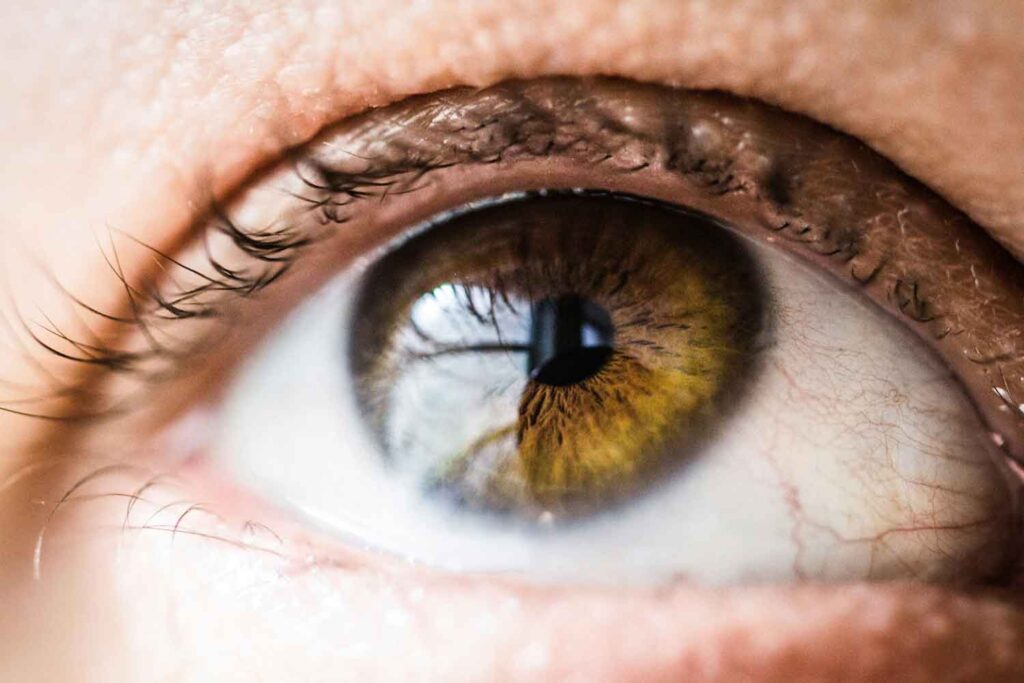Shrooms vs Acid

You’re probably wondering what’s the deal with shrooms and acid. Well, both shrooms and acid are psychedelics which cause hallucinations. That’s why you may hear each referred to as a hallucinogen. They are very similar but have key differences. Let’s see how they compare in our analysis of shrooms vs acid.
Photo: Unsplash
Shrooms vs Acid
In our analysis, we’re going to compare shrooms and LSD based on their:
- Origin
- Consumption
- Effects
- Trip
- Risks
Origin
The first way we can compare shrooms and acid is how they originate. Both shrooms and acid are from fungi.
Shrooms, also known as magic mushrooms, are naturally occurring mushrooms. They’re known as magic mushrooms because they contain the chemical psilocybin, which causes hallucinogenic effects.
Mushrooms that contain psilocybin are typically found in the meadows or woods. These mushrooms are indigenous to sub-tropic and tropical areas. Therefore you can find them in sections of South America, Mexico, and the United States.
In case you’re wondering what these mushrooms look like, Very Well Mind says to look out for long slender stems that are whitish gray. In addition to that, their caps are dark but have a lighter brown or white in the center.
On the other hand, acid, also known as d-lysergic acid diethylamide (LSD), is created from a compound found in ergot, a fungus that grows on grains such as rye.
Dr. Albert Hofmann, who was also the first person to isolate psilocybin, discovered lysergic acid diethylamide (LSD).
You may be wondering, how does a scientist get LSD from ergot?
Well, scientists are able to derive LSD from ergot alkloids (organic nitrogen-containing bases) namely ergotamine and ergonovine. They do this through chemical synthesis also known as a synthesis reaction.
Consumption
Acid is pretty much always taken orally. LSD comes in pills, capsules and in liquid form. In addition to that, sometimes, LSD is added to an absorbent paper with decorations on it. Each image is usually one dose.
Shrooms are also taken orally. People usually either steep them in tea or add them to food.
Effects
According to Medical News Today, people typically start feeling the effects of shrooms 30 minutes after ingesting them. Users will feel the effects for 4-6 hours. It’s important to note that there can be other factors that alter this timeline.
With acid or LSD, Healthline says that the effects of LSD begin 20-90 minutes after taking a dose. While the effects last for several hours after, most of the time the trip won’t last longer than 9 hours.
So clearly we can see that the effects of LSD tend to last longer than the effects of shrooms. However, as we said before, other factors may alter those timelines.
So now that you know when you’ll be feeling the effects, you want to know what the effects will be. In addition to what’s expected during a trip, which we will get into later, there are other effects.
According to Healthline and Medical News Today, an acid trip may cause you to experience:
- Sweating and dehydration
- Increase in body temperature and heart rate
- Euphoria
- Hallucinations
- Sensory distortion
- Dizziness
Shrooms have all these same effects which make sense because they’re the same class of substances.
Trip
Since they’re both hallucinogens, the trips are pretty similar. Some people who have trips on either of these, experience euphoria or a spiritual awakening.
According to Medical News Today, shrooms don’t always cause visual or auditory hallucinations. On the other hand, acid typically has visual distortions, sensory hallucinations, illusions.
Here’s what a trip with either may look like.
An acid trip involves:
- Several different emotions at once
- Moving from one emotion to the other rapidly
- Sensory changes such hearing colors and seeing sounds
A trip on shrooms is pretty similar. You’re likely to experience:
- An altered perception of time
- An inability to discern fantasy from reality
- Alterations of autonomic function, behavior and perception
- Difference in motor reflexes
Bad Trip
On the other hand, users of either can also experience a bad trip. A bad trip, as the name suggests, is characterized by unpleasant feelings.
Here’s what to expect on a bad acid trip:
- Severe or terrifying thoughts
- Feelings of despair
- Fear of losing control,
- Fear of insanity and death
Here’s what to expect on a bad shrooms trip:
- Panic
- Psychosis
- Feelings of despair, confusion and paranoia
Risks
We couldn’t discuss shrooms vs acid without looking at the risks. Believe it or not, there are risks involved with using shrooms and acid. Besides the unpleasant physical effects and bad trips we noted earlier, you may experience:
- Serotonin syndrome – This happens when serotonin builds up in your body and both acid and shrooms may increase your serotonin levels. Serotonin syndrome may cause dry throat, nausea, vomiting as well as seizures and coma. In some cases, it can be fatal. Therefore, if you’re having symptoms of this condition, you may need to seek medical attention.
- Hallucinogen persisting perception disorder (HPPD) – This disorder typically causes flashbacks of past trips. You may be visual disturbances, anxiety, depersonalization and suicidal thoughts.
Neither shrooms nor acid are seen as addictive, however, they can affect tolerance over time. Taking large doses may cause bad trips or other conditions that are unpleasant.
One risk that is unique to shrooms and not acid is the risk of poisoning. Magic mushrooms aren’t poisonous. However, people may mistake poisonous mushrooms for magic mushrooms and that’s how they may get poisoned.
Can You Take Shrooms and Acid at the Same Time?
Taking shrooms and acid at the same time is called soul bombing. Many users have done this and say that it was a great trip. However, we have to caution you on this. Mixing substances, in general, has several risks.
However mixing shrooms and acid at the same time can make you have a bad trip, HPPD, or serotonin syndrome.
If you’re new to eithe, mixing them is probably a really bad idea.
Conclusion
When it comes to the shrooms vs acid comparison, there are many similarities. That’s due to the fact that they’re the same class of substances. Remember, people experience substances differently and so your experience may differ from what we’ve reported here.












